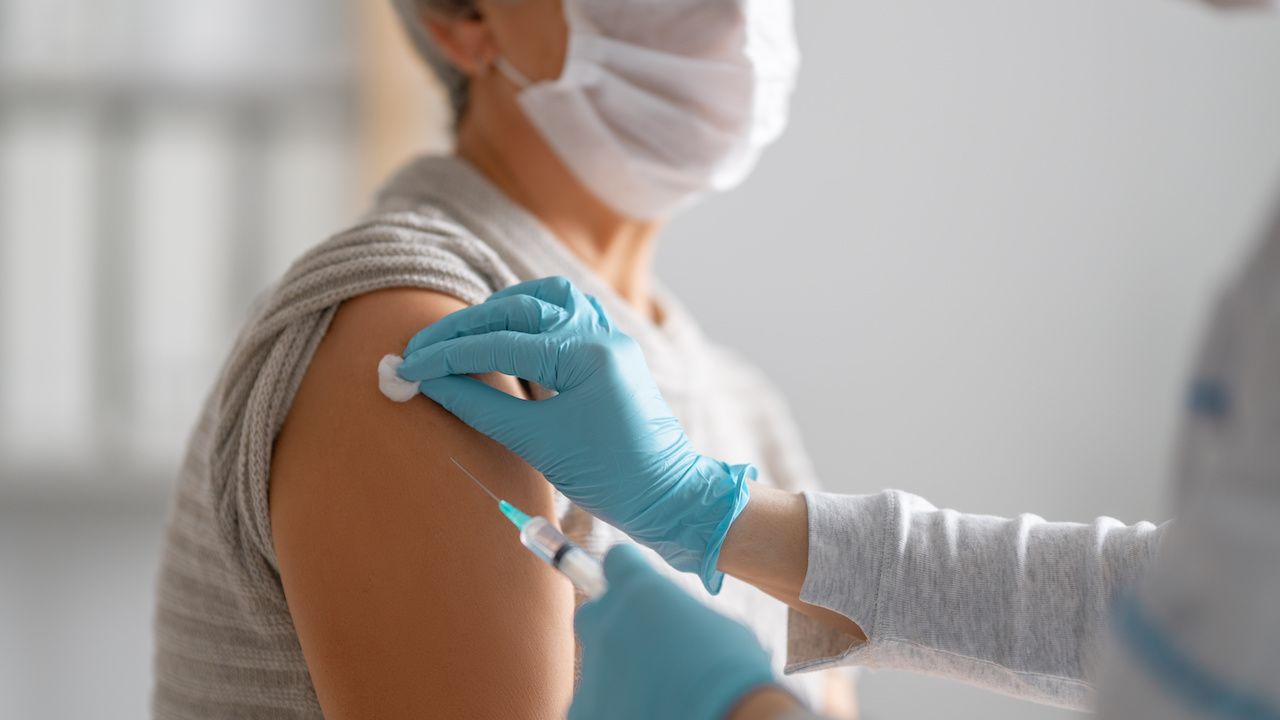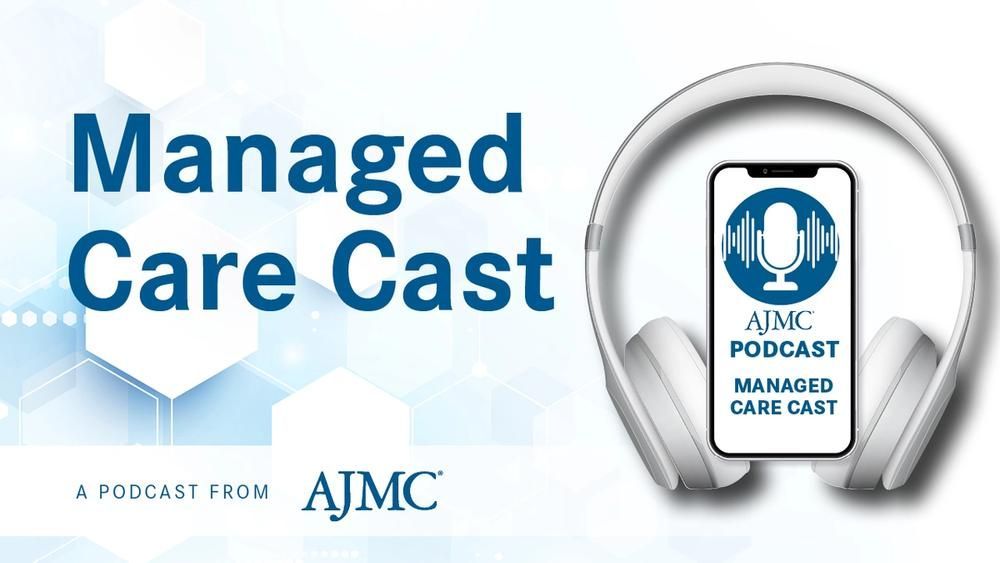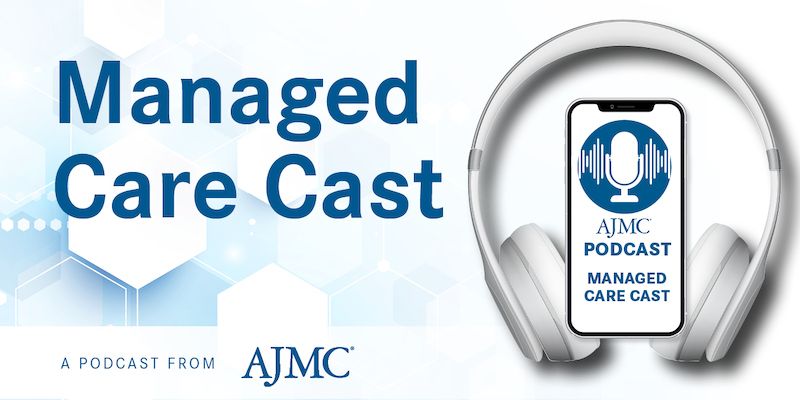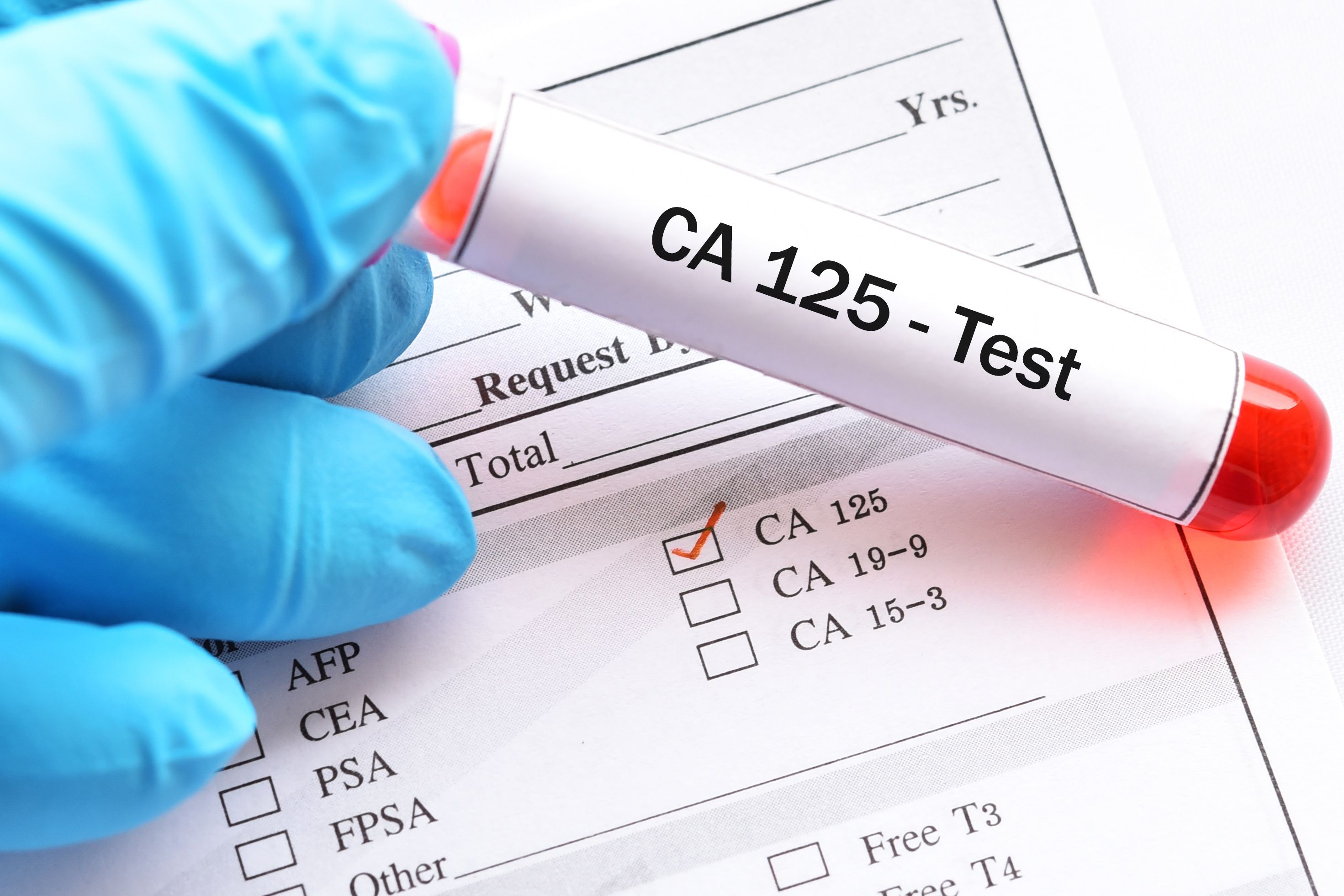News
Article
Falls, Balance Issues Signal Higher ICANS Risk in NHL
Key Takeaways
- Adverse physical performance measures in NHL patients receiving CAR T-cell therapy correlate with worse survival and higher ICANS risk.
- Simple tests like recent falls and balance can predict neurotoxicity risk in CAR T-cell therapy recipients.
Adverse physical functions were indicative of reduced survival and increased risk of immune effector cell–associated neurotoxicity syndrome (ICANS) in patients with non-Hodgkin lymphoma (NHL) previously treated with chimeric antigen receptor T-cell therapy.
CancerNetwork® first published this article; this version has been lightly edited.
Patients with non-Hodgkin Lymphoma (NHL) who received treatment with chimeric antigen receptor (CAR) T-cell therapy who have adverse physical performance measures demonstrated worse survival and enhanced risk of developing immune effector cell–associated neurotoxicity syndrome (ICANS), according to a retrospective cohort study presented at the 2025 Tandem Meeting.1
An increased risk of ICANS was observed in patients who recently fell (OR, 5.2; 95% CI, 1.3-20.5; P = .02) and who were not able to balance on their left leg for 10 seconds (OR, 2.6; 95% CI, 1.1-6.2; P = .04). On this, presenting author Megan Herr, PhD, an associate member in the Department of Medicine at Roswell Park Comprehensive Cancer Center, said during the presentation, “These 2 measures, together, take less than a minute to implement. They’re easy, they’re cheap, and we can predict who is going to get neurotoxicity.”1
Among the patients treated with axicabtagene ciloleucel (axi-cel; Yescarta; Kite Pharma) who had ICANS vs those who did not, 59% and 55%, respectively, were unable to balance on their left leg for more than 10 seconds, and 26% and no patients, respectively, had a recent fall. The rates among those who were treated with tisagenlecleucel (tisa-cel; Kymriah; Novartis) and did or did not experience ICANS were 82% and 29%, respectively, and for recent falls, 27% and 13%.
Patients with an assistive device (HR, 2.6; 95% CI, 1.3-5.2; P <.01), a positive Romberg test (HR, 3.1; 95% CI, 1.2-7.7; P = .02), and less than 5 of 5 strength (HR, 2.3; 95% CI, 1.2-4.5; P = .01) all showed reduced overall survival (OS) on an adjusted model. Of patients with elevated CAR-HEMATOTOX scores and at least 2 adverse physical functions, 1-year OS was 9% (P = .0002).
“[Patients who received CAR T] who have adverse physical performance have worse OS and are at higher risk for ICANS. Our proposed scoring system for CAR-T recipients improves identification of patients at risk of these unfavorable outcomes,” Herr stated.
In this analysis, adverse physical functions were indicative of reduced survival and increased risk of ICANS in patients with non-Hodgkin lymphoma previously treated with CAR T-cell therapy. | Image Credit: © Bangkok Click Studio-stock.adobe.com

The trial evaluated data from 91 patients who had NHL between 2018 and 2023; 56% of patients were older than 60 years at adoptive cell transfer (ACT), 67% were male, 89% were White, 96% had diffuse large B-cell lymphoma, 62% were treated with axi-cel and 38% with tisa-cel, 82% received fludarabine and cyclophosphamide, 72% were treatment resistant at ACT, and 81% had a Karnofsky performance status of 70.
CAR T resulted in complete responses in 45% of patients, cytokine release syndrome of any grade occurred in 64% of patients, ICANS of any grade occurred in 50%, and severe ICANS was noted in 18%. At 1 year, 57% of patients were alive.
Physical function measures included recent falls within the past 6 months, gait speed, strength and motor deficits, the Romberg test, baseline and peak heart rates, assistive device, self-reported pain or neuropathy, balance on right and left legs, and recovery time, among others.
The study authors noted that CAR-HEMATOTOX and CT-CI correlate with OS after CAR T-cell therapy.2,3 CAR-HEMATOTOX established platelets, absolute neutrophil count, hemoglobin, C-reactive protein, and ferritin as indices, and CT-CI established diabetes, hepatic abnormalities, pulmonary dysfunction, renal insufficiency, infection, and body mass index as indices. In both the original papers and in this presented study, the CAR-HEMATOTOX and the CT-CI were not associated with ICANS; however, 1-year OS was associated with CT-CI in the original study but not in this presentation’s study population.
During an X Space hosted by CancerNetwork during the Tandem Meeting, Shernan Holtan, MD, chief of Blood and Marrow Transplantation at Roswell Park Comprehensive Cancer Center, stated, “This highlights, that even within a high [CAR-HEMATOTOX group], those patients were at extraordinarily high risk of not benefitting from the CAR T, and these tests are so simple to do. It’s going to be interesting to see if others can reproduce this.”
References
1. Herr M, Betts B, Davila M, et al. Physical function measures identify non-hodgkin lymphoma patients at high risk of immune effector cell-associated neurotoxicity syndrome (ICANS) and 1-year mortality after chimeric antigen receptor T (CAR-T) cell therapy. Presented at: 2025 Tandem Meeting; February 12-15, 2025; Honolulu, Hawaii. Abstract ID 58.
2. Rejeski K, Perez A, Sesques P, et al. CAR-HEMATOTOX: a model for CAR T-cell-related hematologic toxicity in relapsed/refractory large B-cell lymphoma. Blood. 2021;138(24):2499-2513. doi:10.1182/blood.2020010543
3. Greenbaum U, Hashmi H, Elsawy M, et al. Prognostic impact of comorbidities on outcomes of patients (pts) with relapsed or refractory large B-cell lymphoma (r/r LBCL) treated with chimeric antigen receptor T-cell therapy (CART). Blood. 2022;140(supp 1):4636-4638. doi:10.1182/blood-2022-169452





